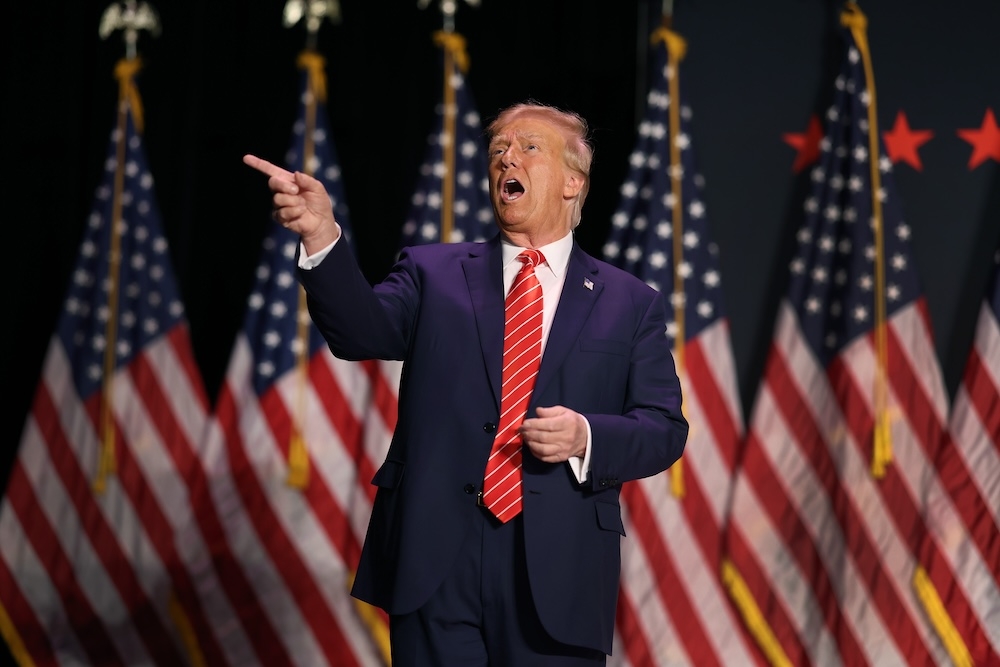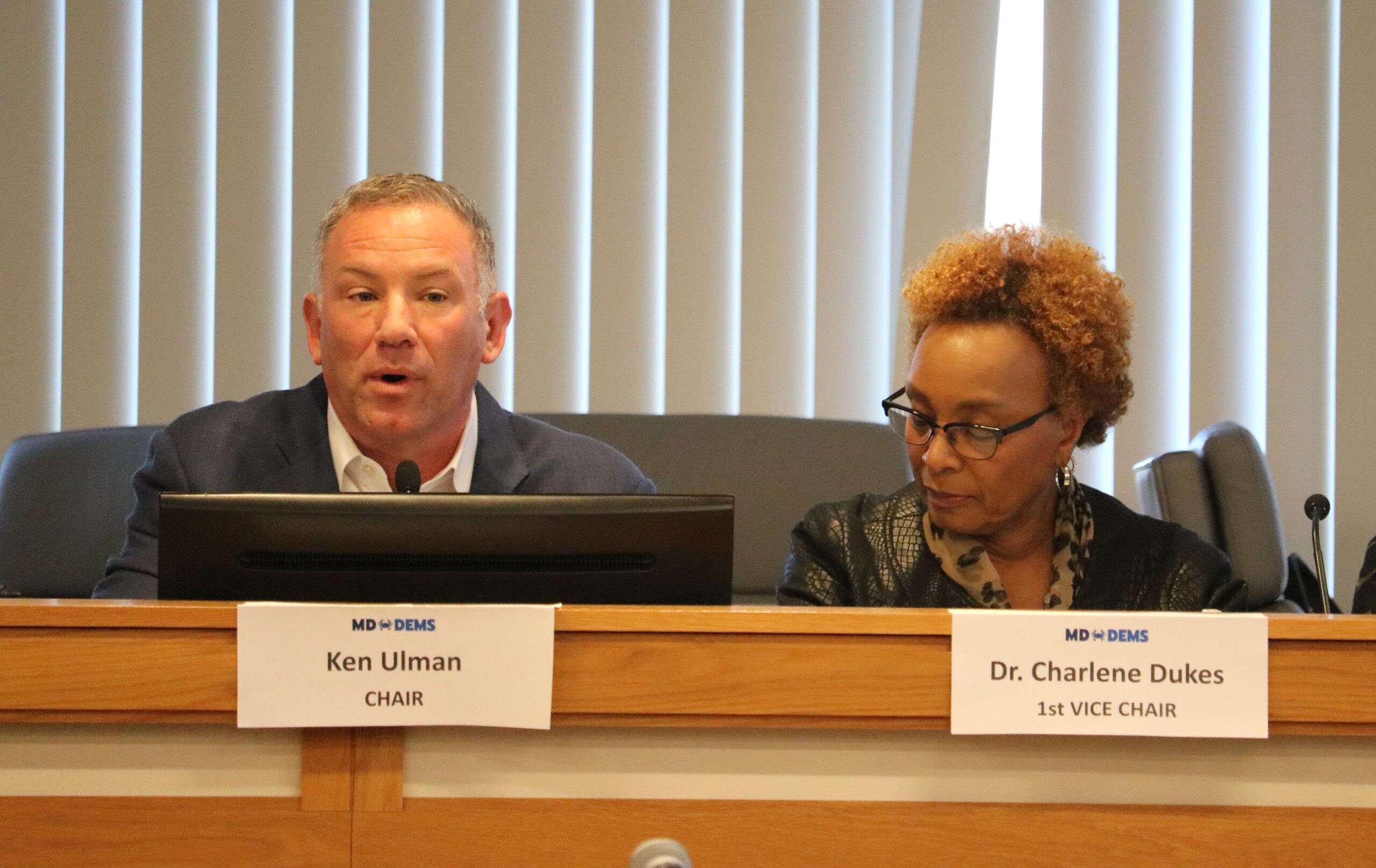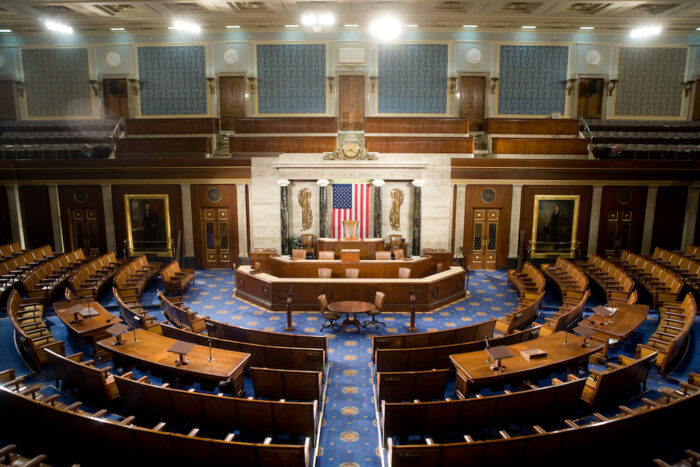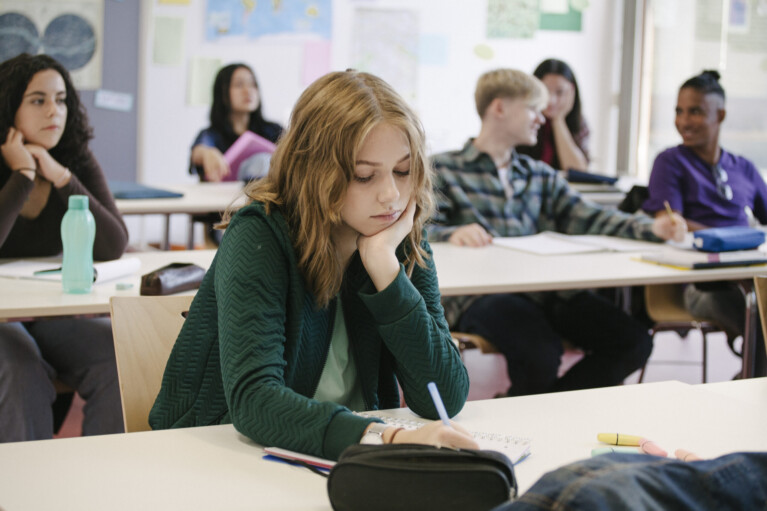
The Atlantic recently devoted an issue to 24 essays on “If Trump wins.” On subjects ranging from climate change to immigration to freedom, a political apocalypse was predicted
The good news is that public education wasn’t on the doomsday list. Which is not to say that Trump can’t do big damage. His platform, dissected by policy expert Chester Finn Jr. for the publication Education Next, features busting teachers unions and nationalizing the education cultural wars over race, gender and book-banning. He also wants to axe the U.S. Department of Education.
If Trump wins, the best hope for public schools would be a rewind of his prior follies under Secretary of Education Betsy DeVos. New York Times columnist Gail Collins observed that “she was too incompetent to be a major threat.” No serious harm was done.
But looked at another way, the omission of public schools in The Atlantic articles is bad news — a telling indication that public education has fallen steeply out of favor as a pressing national issue.
The peril, especially to students who are low-income and of color, is nationwide. Schools across the country differ widely. A published analysis highlights “The 50 Very Different States of American Public Education.” But no state has more than 44% of its students who are proficient in reading. Maryland is at 31%.
Disparities in per-pupil spending are shameful. Some states spend two or even three times more per student than others. And opportunity is parceled out within states based on whether Tyesha or John lives in a property-rich or -poor school district.
Chaos prevails in school governance. A scholar concluded, “when it comes to governance of our [public schools], we are allergic to anything that smacks of central authority.” We have more dispersion of school governance than almost all our global competitors.
In Maryland, the Blueprint for Maryland’s Future is arguably the boldest, top-to-bottom school reform plan in the country. But it has big problems of its own. And in almost all other states, children are much worse off.
Any rational society would see that public education desperately requires a national civil right to educational opportunity. We tragically learned before and after Brown v. Board of Education that state and local governments aren’t up to the job on their own. Federal action has always been necessary to remedy the most blatant national inequalities. Think slavery, voting rights, environmental protections, Social Security, Medicare/Medicaid, and food stamps.
Surprisingly, a national guarantee of a quality education is not as hard to achieve as you might imagine. I have written over the years about a new education federalism that would add up to a national guarantee. Its main, interdependent parts are:
Accountability through national standards and tests. What’s different about what schoolchildren — in red, blue or purple states — need to know in basic reading, math, science and non-partisan history?
And how are we to know whether students learn what they should if states don’t use common measurements? If left to their own devices, each state is under pressure to dumb down its own standards and tests so it can look good compared to other states, as happened under the No Child Left Behind Act.
Federal guarantee of adequate funding. We are able to afford more as a nation. The United States ranks below most other countries in the percentage of Gross Domestic Product spent on elementary education. The federal government pays a paltry 10.5% of the costs of public schools.
Expanded research and development to ensure that funds are spent based on the best evidence. Historically, education research and development has been a backwater compared with medicine, technology, business and other fields. And it’s a bottom feeder for federal R & D funding, receiving less than .02% of all such funds.
Many fear a larger federal role, but local control partisans needn’t panic. The feds would set minimum common measures of student performance and guarantee a floor of adequate funding. But states and local districts would retain authority to do their own things as long as they embrace evidence-based best practices.
None of this is going to happen if Trump wins. And Trump, even if he picks a secretary of Education who is not as inept as DeVos, will keep the educational cultural wars ablaze, while neglecting any serious attempts to address the real problems in our public schools.
The best defense for Democrats is a good offense. They must put aside intra-party divisions (largely over accountability, including local control) and champion a new education federalism.
And President Biden can step up. He has other world and domestic crises to worry about. Still, a recent article in Education Week concluded: “George W. Bush had No Child Left Behind and Barack Obama had Race to the Top. But nearly three years into President Joseph Biden’s tenure, the Democratic administration still hasn’t clearly defined its policy agenda for the nation’s K-12 schools.”
And as if Democrats needed more reason to get their act together to support public schools, they need to keep in mind that better-educated voters lean Democratic. In the recent Republican caucuses in Iowa, the “gap in support for Trump widened between regions with more or less education.” Democrats must persuade at least some of the angry mega-MAGA crowd that public education isn’t the lost cause they think it is.
Given political realities, what is the chance that in a Biden second term, Democrats will show brains and backbone and President Biden will become a more forceful educator-in-chief?
Let’s hope they do. A new education federalism is the road to follow. Let’s make sure that in the future, students will study in history class how our nation rose to the challenge and put Trump in the dustbin of U.S. history.




 Creative Commons Attribution
Creative Commons Attribution